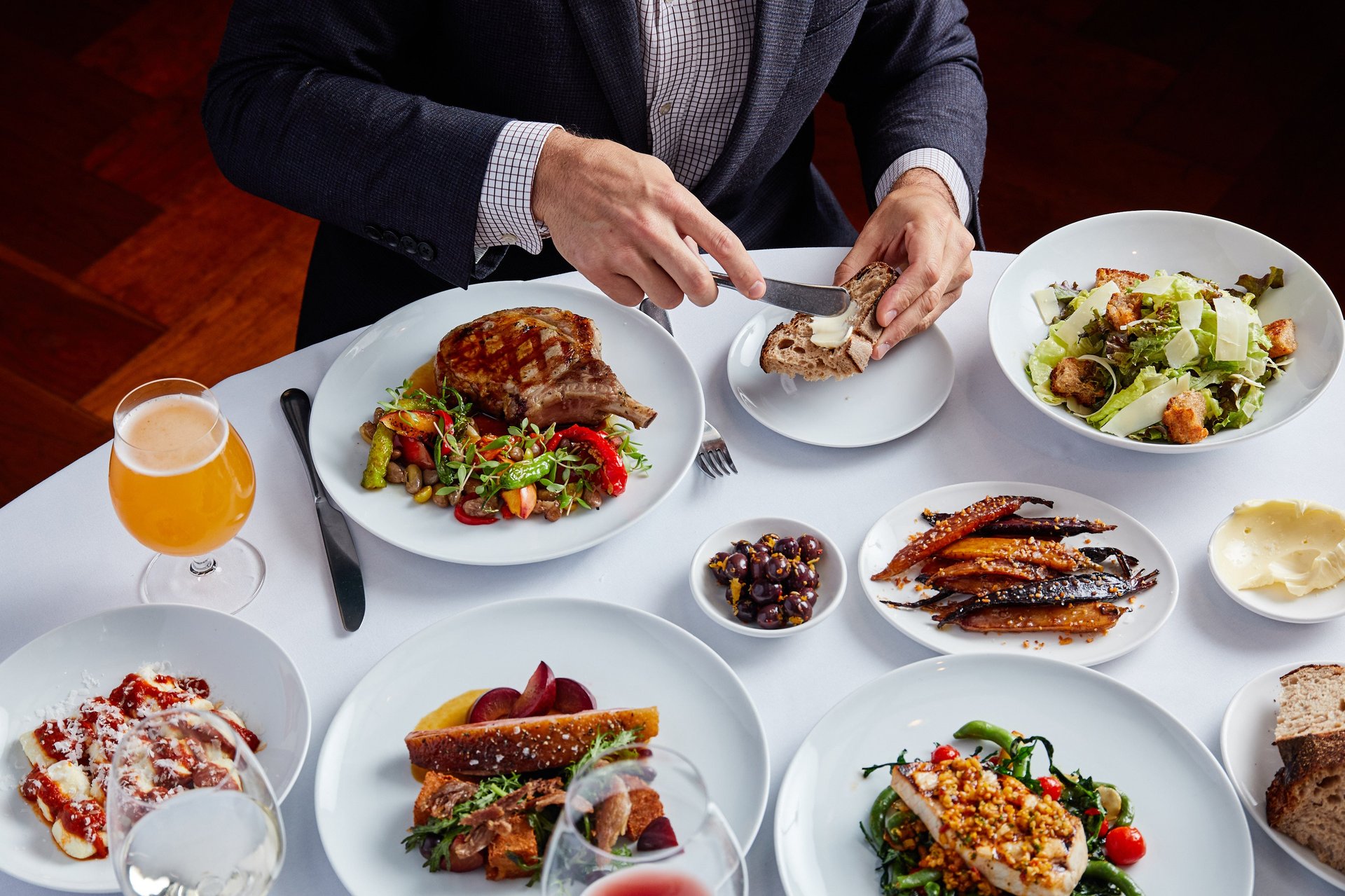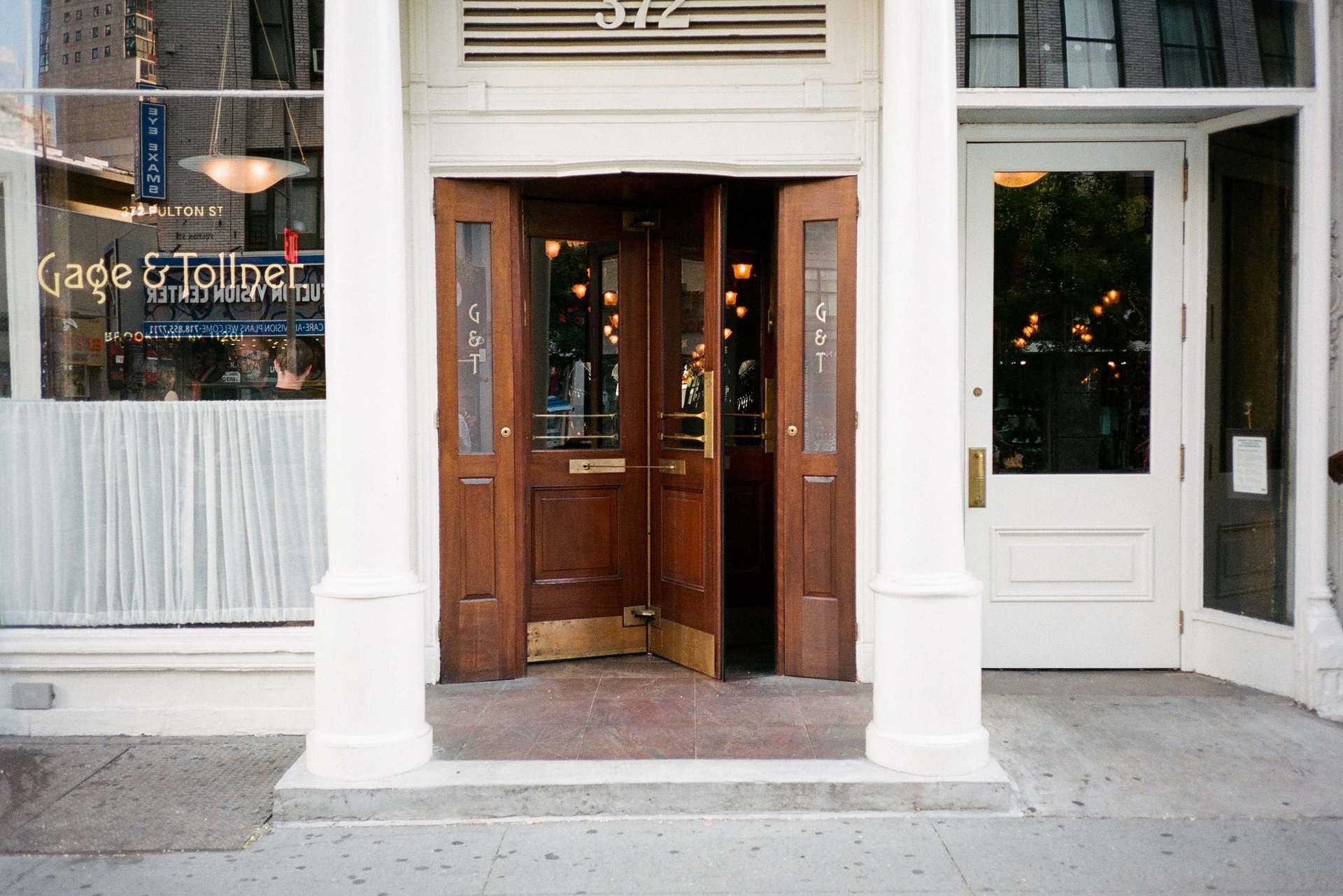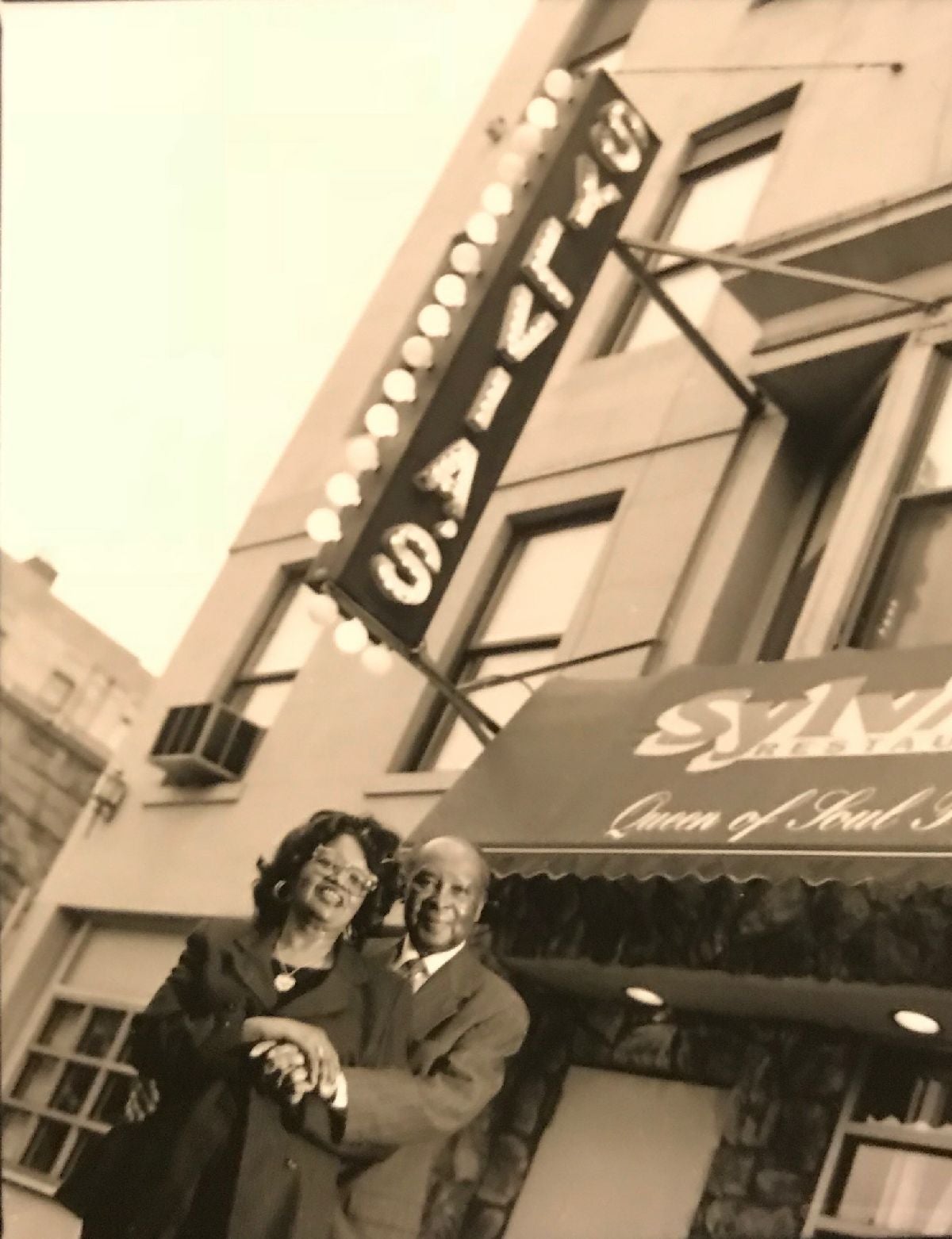How New York City restaurants are pulling off Restaurant Week at a time of record inflation
Against all odds, a record 650 restaurants across New York City are offering discounted pre-fixe menus for Restaurant Week.


Against all odds, a record 650 restaurants across New York City are offering discounted pre-fixe menus for Restaurant Week.
The marketing scheme that runs until July 31 was conjured by the famed restaurateur Joe Baum and restaurant critic Tim Zagat 30 years ago, when thousands of journalists and delegates flocked to Manhattan for the 1992 Democratic National Convention. That first year, several top restaurants offered a special lunch menu for $19.92, hoping to get some residual publicity from the political spectacle. Since then, the program has ballooned into a biannual event that runs over the course of several weeks in New York City, and has been copied across the US. Several cities around the world, from Paris, to Cape Town, to Manila, have also adopted similar programs.

For bargain-hunting gourmands, Restaurant Week is a dream. It’s a rare chance to eat at the city’s fanciest restaurants without breaking the bank. A lunch at Tao, the photogenic Pan-Asian restaurant, can run up to well over $100 per person (yes that’s $98 for the 12 oz ribeye); during restaurant week, a three-course menu is $30.
But for restaurant operators, Restaurant Week can be stressful. It requires careful planning and creativity to manage food and labor costs, added to the pressure of dazzling diners. The challenge is particularly acute this year, given the higher cost of goods, higher rents, and an unprecedented labor shortage.
Does participating in Restaurant Week still make good business sense in 2022?
Assessing the economic benefit of Restaurant Week
NYC & Company, the city’s marketing and tourism arm that runs Restaurant Week, hasn’t studied the economic impact of the 30-year old program, telling Quartz that “it’s super hard to track because customers book on many different [reservation] platforms.”
“We want to provide the best value that we can and we want to help the restaurant industry in its recovery following the profound challenges of Covid-19,” explains Tracy Nieporent, marketing director for the Myriad Restaurant Group and a longtime member of NYC & Company. Though there are no data to quantify the program’s efficacy, he says the overall positive buzz keeps them going. “Nothing lasts for 30 years without wide public acceptance,” Nieporent offers.
Of course there are Restaurant Week haters. In its blog, restaurant management software xtraCHEF describes why a vocal contingent within the food industry are turning up their noses at the scheme:
You get packed dining rooms filled with people who’ve never been to your restaurant and most likely aren’t coming back. Your kitchen is filled with a Saturday night’s worth of orders all week long. The volume of customers combined with a pared-down menu lowers the standard that your regular customers enjoy. The servers are stressed out trying to satisfy everyone. And oh yeah, you may not make any money.
Despite increased participation across the five boroughs over the years, still only a fraction of New York City’s 24,000 dining establishments—less than 3%—have signed up for Restaurant Week.
What it takes to pull off Restaurant Week in 2022
Restaurant Week can be particularly challenging for smaller operations, says St. John Frizell, a partner the mythic Brooklyn eatery Gage & Tollner. “The margins are exceedingly low, the effort needed can be extreme for small teams, and the community [diners] can be very judgmental,” he explains.
Frizell says Gage & Tollner’s steady clientele gives them just enough wiggle room to afford quality ingredients and experiment with new menus.
Designing the right pre-fixe is crucial. Restaurants must stay within budget—adjusting with portion size or the type of ingredient—yet a dish must also be emblematic of their brand. “I try to consider our existing production load, the seasonality of local products, and the feel of the group of items within our existing culinary identity,” explains Frizell, noting that their Restaurant Week menu will highlight the bounty of heirloom tomatoes from Long Island this summer. “It’s not easy, but it’s possible,” he says.


There’s also the task of managing diner’s expectations. If a customer feels duped by poor quality or an unimaginative menu, they will be upset—and rightly so,” Frizell says.
Tren’ness Woods-Black, VP of marketing for Harlem’s soul food mecca Sylvia’s Restaurant, says introducing three pricing categories ($30, $45, or $60) is a useful tweak to the Restaurant Week program. “The wide range of price points makes participation affordable for the guests and profitable during a sleepy season,” she explains, noting that restaurant owners are used to the “tight numbers game.”
“The first thing I take into consideration is our guests,” says Woods-Black, whose grandmother founded Sylvia’s in the early 1960s. “What do they love? What can we give them while not taking away from our profit margin?” She assures that Sylvia’s famous BBQ ribs and southern fried chicken are on the Restaurant Week menu.
For new establishments Restaurant Week is a unique marketing opportunity. “The NYC Restaurant Week website has a vegan search option and that sets us apart,” says Ben Kaplan, CEO of the fast casual restaurant PLNT Burger. “It was a no brainer for us to participate, especially as a new brand trying to reach new audiences.”